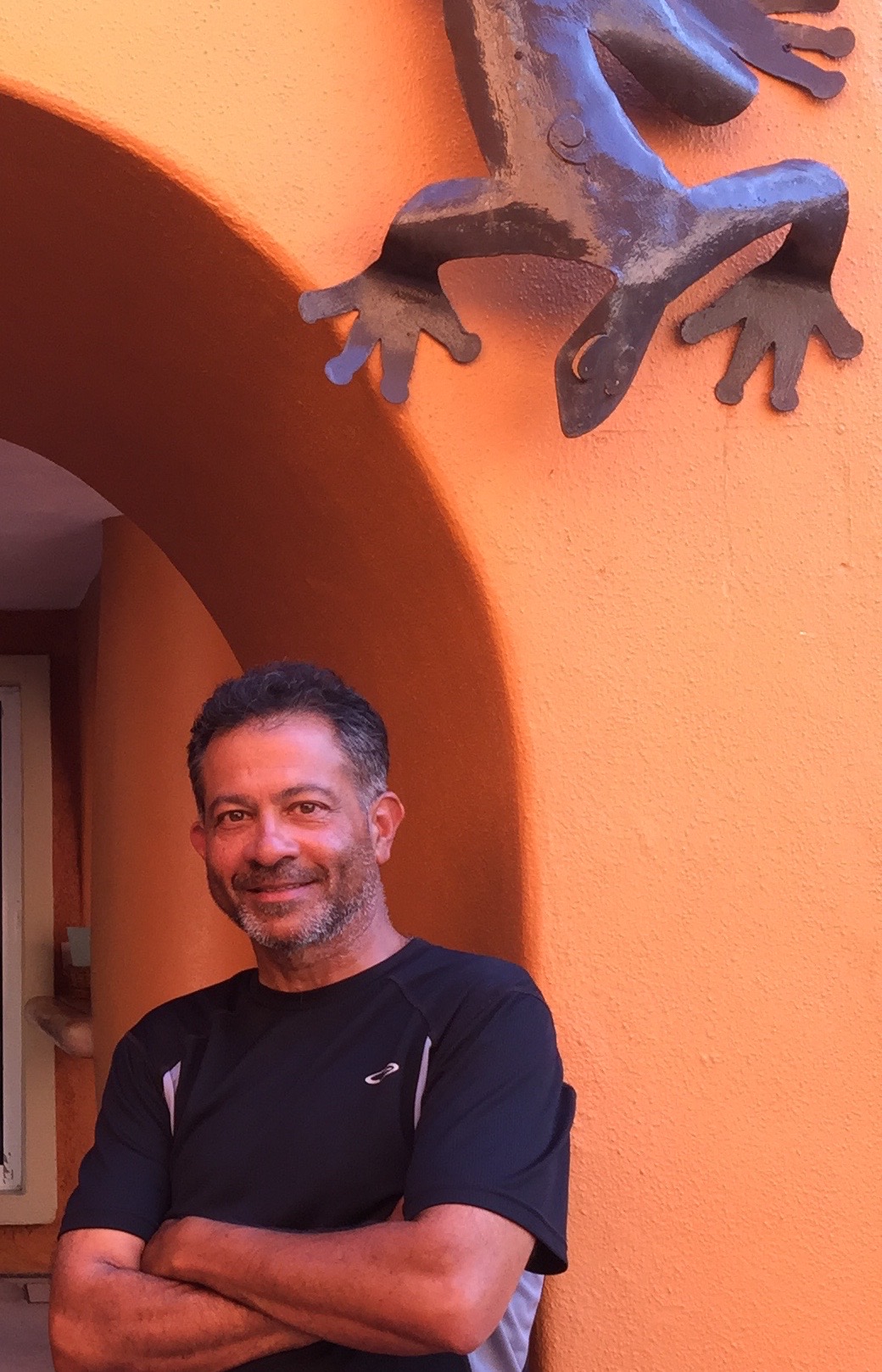Can government be trusted to keep the public safe from infectious agents?
Author: Gladwyn d'Souza | Category: Health & Medicine | Human Interest | Politics National | Science & Technology | Society & Lifestyles | Date: 02-21-2023

Would you like to live next door to the Wuhan Lab? South San Francisco, Burlingame, Foster City, Belmont, San Carlos, and Redwood City are all considering proposals for Wuhan-style biolabs, including ones that are more dangerous (level 4 labs). Community groups are alarmed at the pathogenic threat being introduced into their cities and rightfully so. They are pleading with city officials to pay attention to what happened during the pandemic. However, instead of providing an environmental perspective, large environmental organizations have stepped in on the side of the biotech industry and are seeking to mute the community’s voice!
The context of this current surge in applications for biolabs is clear: Covid19 brought mega profits to drug companies. Pfizer alone reported over $75B in profits from the vaccine. Other companies are eager to jump on board. From San Francisco to San Carlos, companies are looking to start BioSafety Labs (BSL) that supposedly research cures for more deadly viruses. Note that the phrasing, BioSafety Labs, is a clunky industry euphemism for a very dangerous operation. These labs come in four strains. Level 1 and Level 2 labs cover no more dangerous a virus than the common flu, and have proliferated along the bay with household names like Genentech and Gilead. The new BSL development permits being sought are for Levels 3 and 4 labs. Level 3 labs look at deadly respiratory virus like Covid19, and range from MERs to SARs. Level 4 labs look at even more deadly viruses like Zika and Ebola, for which companies are hoping to develop vaccines and treatments in the near future.
There are a number of questions related to the location of level 3 and 4 labs. Should they be in populated areas? How safe have labs been at containing viruses? What evacuation processes will be initiated in the event of a pathogen escape? Other questions ask how much time we have to counteract viruses that have undergone gain-of function (genetic manipulation to make pathogens more virulent) changes. These are all relevant question but note that they are all technical/industrial questions. You could ask similar questions of other toxic industries like the chemical and agriculture industries.
Environmental advocates should be asking other questions. Environmental questions would ask about sea level rise, safeguarding San Francisco Bay, the prevalence of avian flu carriers along the shoreline, earthquake faults, backup power within landfill zones, species loss, energy and water consumption, air and water pollution, the risk of transporting chemicals, reagents, and pathogens through populated areas, the inability of biotech companies to reach carbon neutrality by 2030, etc. Also, discussing the macro environmental causes of the current proliferation of dangerous pathogens—such as how illegal logging has led to escaped zoonotic viruses—would certainly be within the purview of environmental groups.
Unfortunately, some environmental organizations have chosen to focus primarily on technical/industrial questions and answers. Recently, a large environmental organization has been advertising a webinar on Levels 3 and 4 labs, and it is immediately apparent from the list of speakers that environmental issues are not going to be considered. Instead, the webinar is staffed by spokespersons from the biotech industry. It appears that the environmental organization’s goal is to smooth the way for the construction of these labs in populated areas, including on our ecologically-sensitive baylands. Instead of addressing important environmental impacts and providing city officials with the knowledge required to make responsible decisions in the interest of the public good, this large environmental organization---by featuring mostly biotech industry cheerleaders in its webinar—will pave the way for the biotech industry to overcome local regulatory barriers. In fact, this statement in its webinar advertising blurb says it all: “This webinar is a guide for municipal leaders to better understand the Life Sciences and biotechnology industry, how these facilities operate, and what leaders can do to position their community for successful biotech development.”
Important environmental issues such as Bio Labs, Climate Change, and Species Extinction, are being honestly addressed by some environmental groups (especially smaller ones), concerned citizens, and some government agencies dedicated to promoting the public good. The problem is that large environmental organizations—especially the ones that have wide name recognition--are often targeted by industry groups to greenwash their activities. Interest groups hone in on famous environmental groups because they get more bang for their greenwashing buck. And the leaders of these large environmental organizations—are often unwitting participants, given that they are just volunteers without the requisite knowledge and analytic prowess to adequately determine the implications of their so-called attempt to “educate” city officials on critical issues.
As a concerned Bay Area resident and environmentalist, my message to the leaders of these large environmental groups is this: If you do not know enough to know that what you are doing is detrimental to the environment and to the public, refrain from offering your pro-industry “educational” webinars. Let city officials decide for themselves based on input from community groups. If you cannot do something that promotes the interest of the environment and the public good, doing NOTHING AT ALL is preferable to doing potential harm to what you profess to protect. Let the impacted communities decide whether they want to live next door to a biotech lab like the one in Wuhan.
SHARE THIS NOW
Comment:
Add Review:
Find Us
New Categories
Recent News
Representation matters
Category: Health & Medicine
Nuclear, a solution to nothing!
Category: Health & Medicine
Can We Get to 1.5 Degrees C of Warming with Electric Vehicles?
Category: Health & Medicine






